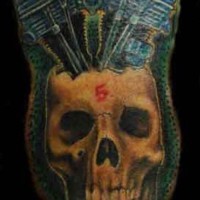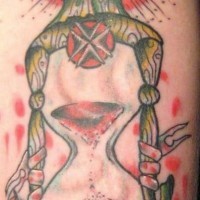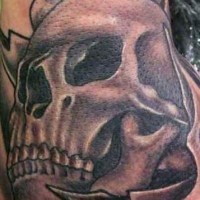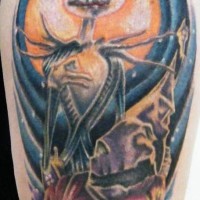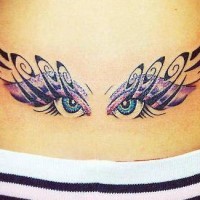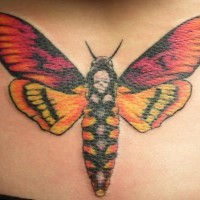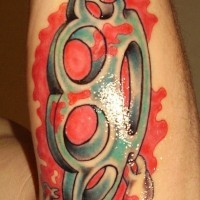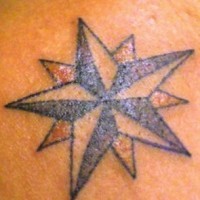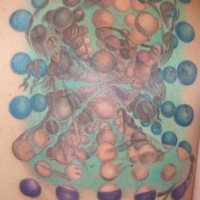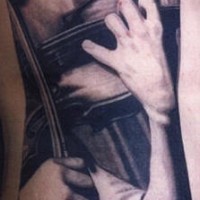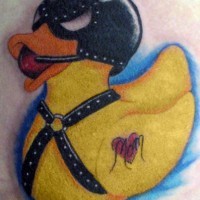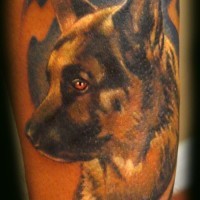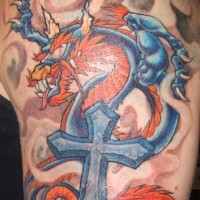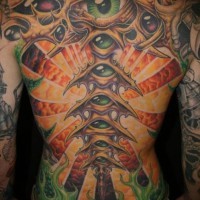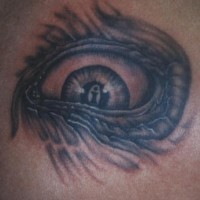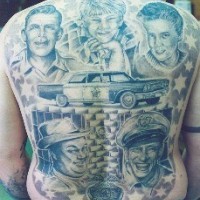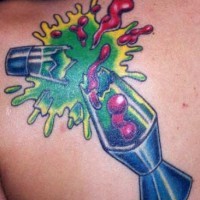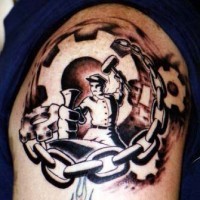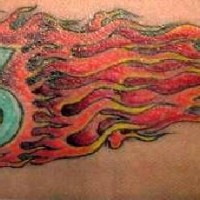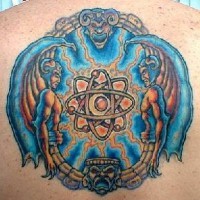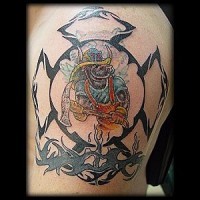Miscellaneous tattoos
It is hard to say when a man began to apply tattoos for the first time on his skin, but it is well known, that the history of the tattoo is minimum 6000 years old.
Tattoo appeared first in the ancient times. It served not only as a thing of beauty, but also it meant the tribe and social position of its bearer, and besides gave a certain magical force.
The reasons for appearance of the tattoo custom are not clear too. According to one of the theories it came from sudden skin damage of human body. Wounds and blood were combined into different scars that were unique to any person and revealed his bravery and luck as a hunter. As the time passed the ancient tribes grew and united into organized societies. Then miscellaneous tattoo designs were applied the images that had specific meaning among the certain group of people.
Miscellaneous tattoos were practiced among many white people. Among black people they often were substituted by scarification.
Miscellaneous tattoo designs were applied to different tribes of Europe and Asia and also by the Indians of Northern and Southern America. And also the citizens of Oceantia. The Indian tribes of Indonesia and Polynesia, where the tattoo practice uninterruptedly is passed from generation to generation and serves as the best anthropologic proof of social meaning of these miscellaneous tattoos. All life aspects of these people are connected with tattoos – from birth to death, and of course there are no body part that was forbidden to the local tattoo artist.
The face is also the first body part visible and it was covered with miscellaneous tattoos first of all. Maiori tribes from New Zealand applied different mask miscellaneous tattoo designs on their faces, named “Moko”. These incredible ornaments serve constant war depiction and the depiction of honor and social position of their bearers. According to the local customs if the fallen warrior wore the mask “Moko”, he was given the best honor – his head was cut and kept as the relic of the tribe. The corpses of not tattooed warriors were left for wild animals to eat. The examples of “Moko” are very individual and often were used by bearers as their own personal signature. In the beginning of the last century, having sold their land to the English missionaries, Maiori, while signing the papers, depicted the exact copy of their Moko mask.
The women of Japanese aborigines Ainu placed miscellaneous tattoos to depict their family status. According to these ornaments it could be said if the woman is married and how many children she has. Among other people the quantity of the miscellaneous tattoos on the woman body depicted how endure and fertile she is. In some places the situation of miscellaneous tattoo designs with female tattoos was extreme – the children who were born in the family with a non-tattooed woman, were killed right after birth.
Miscellaneous tattoos are connected with so-called "transitional" customs – the transformation of youth to male or the movement from this world to the afterlife. For example, Diac tribes from the Borneo Island believed that in the local paradise everything gets new qualities, opposite to the earthly: the light becomes the dark, the upper – the lower and so on. That is why their miscellaneous tattoos were usually of the dark colors. They believed that, changed after death, their miscellaneous tattoo designs will become light and bright and this light will be just enough to lead the applicant away from the dark things between the earth and paradise.
